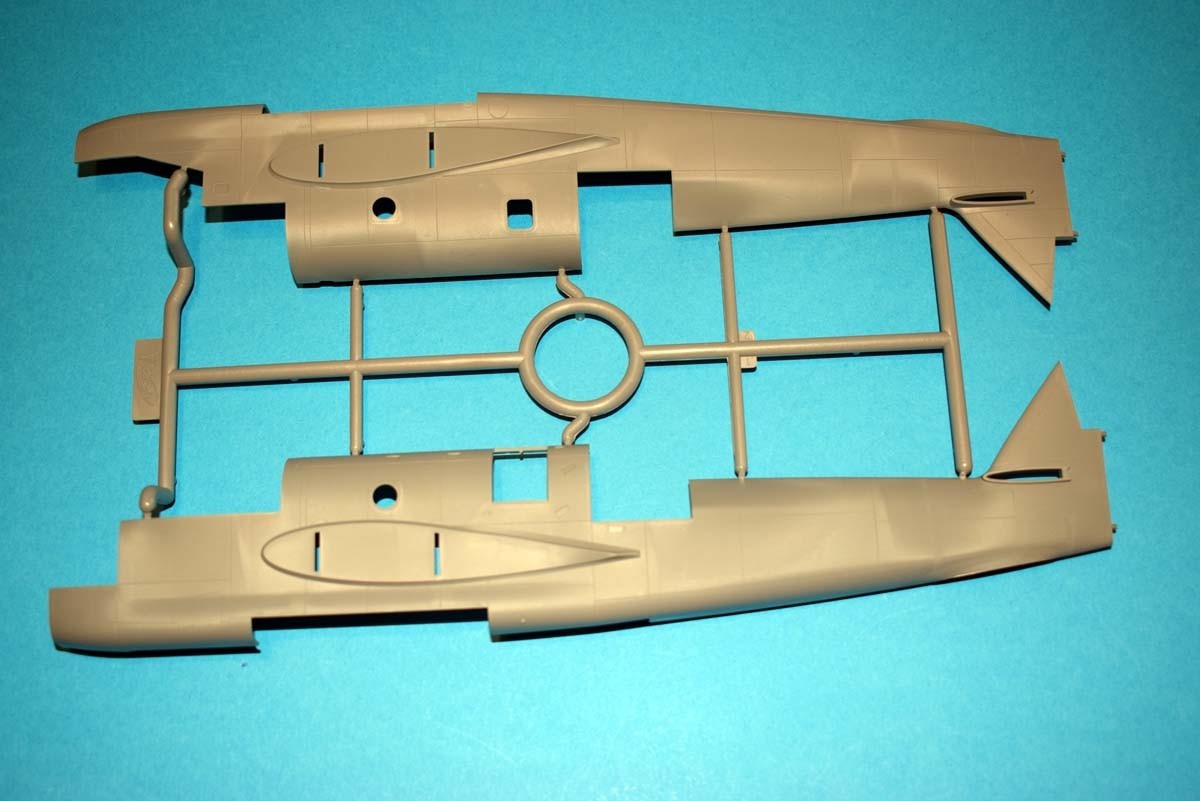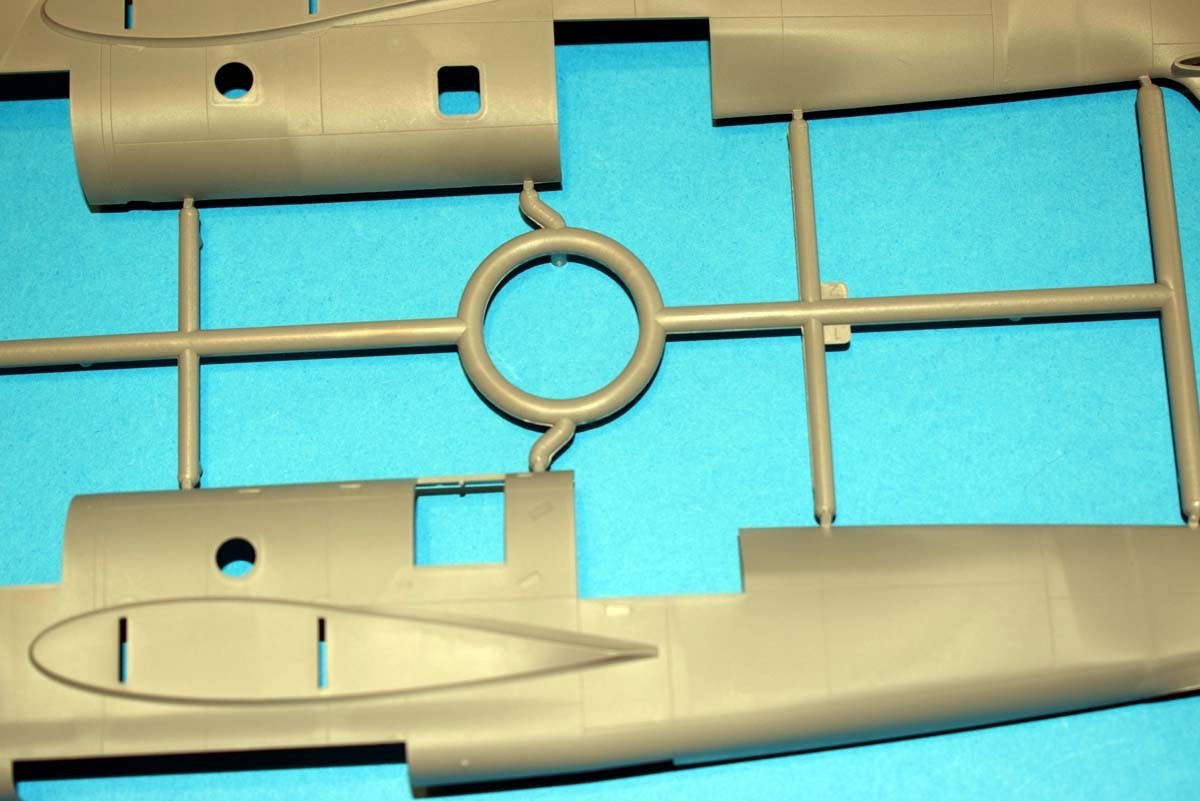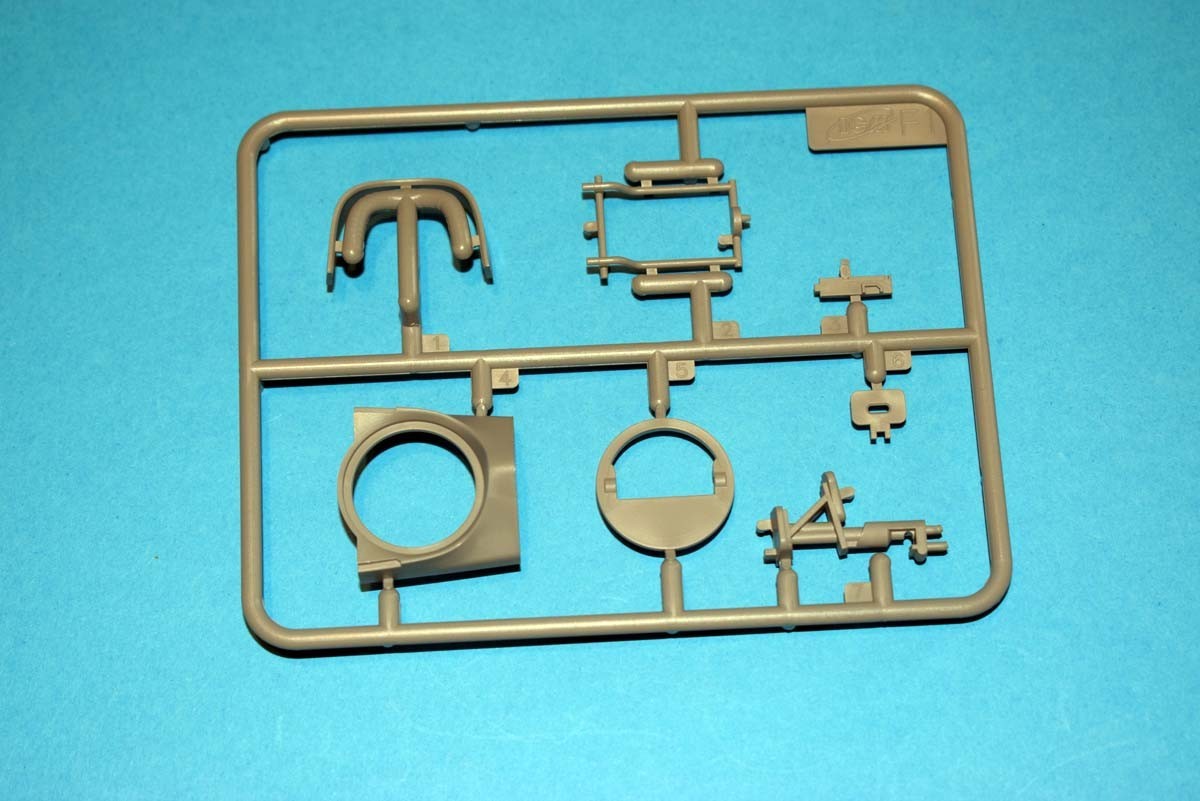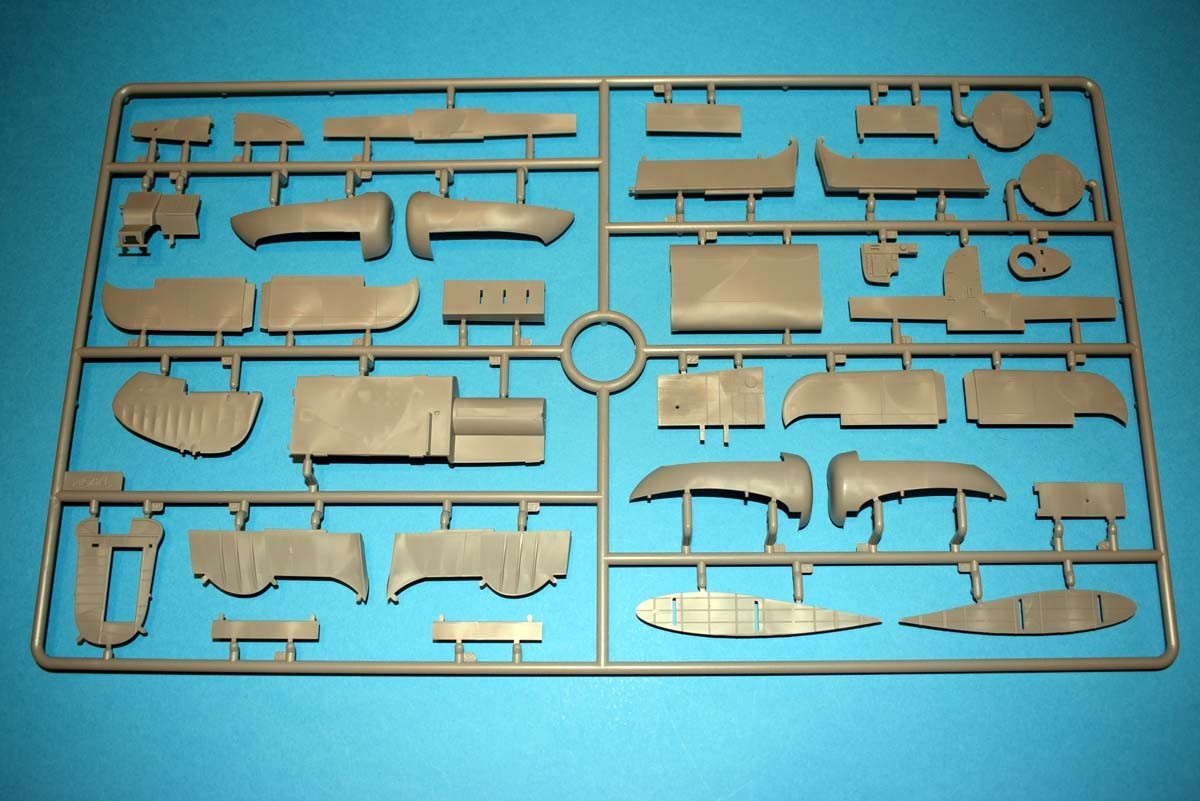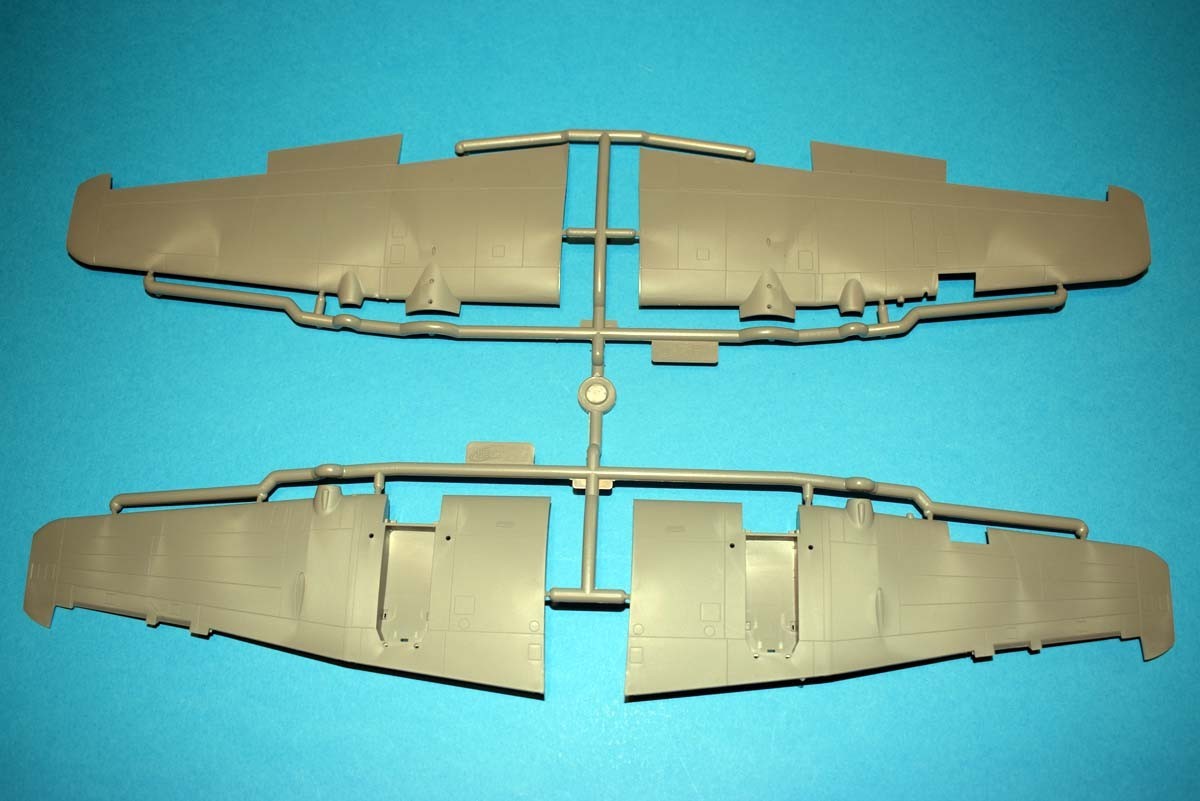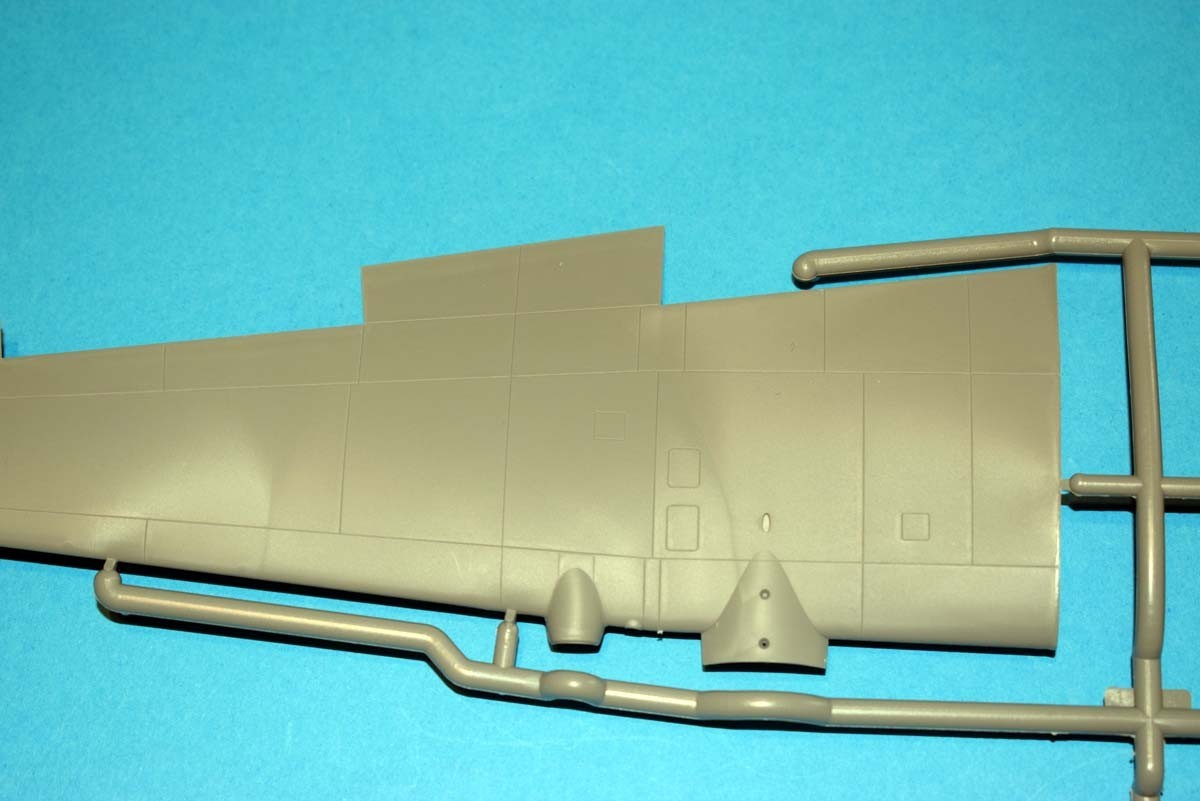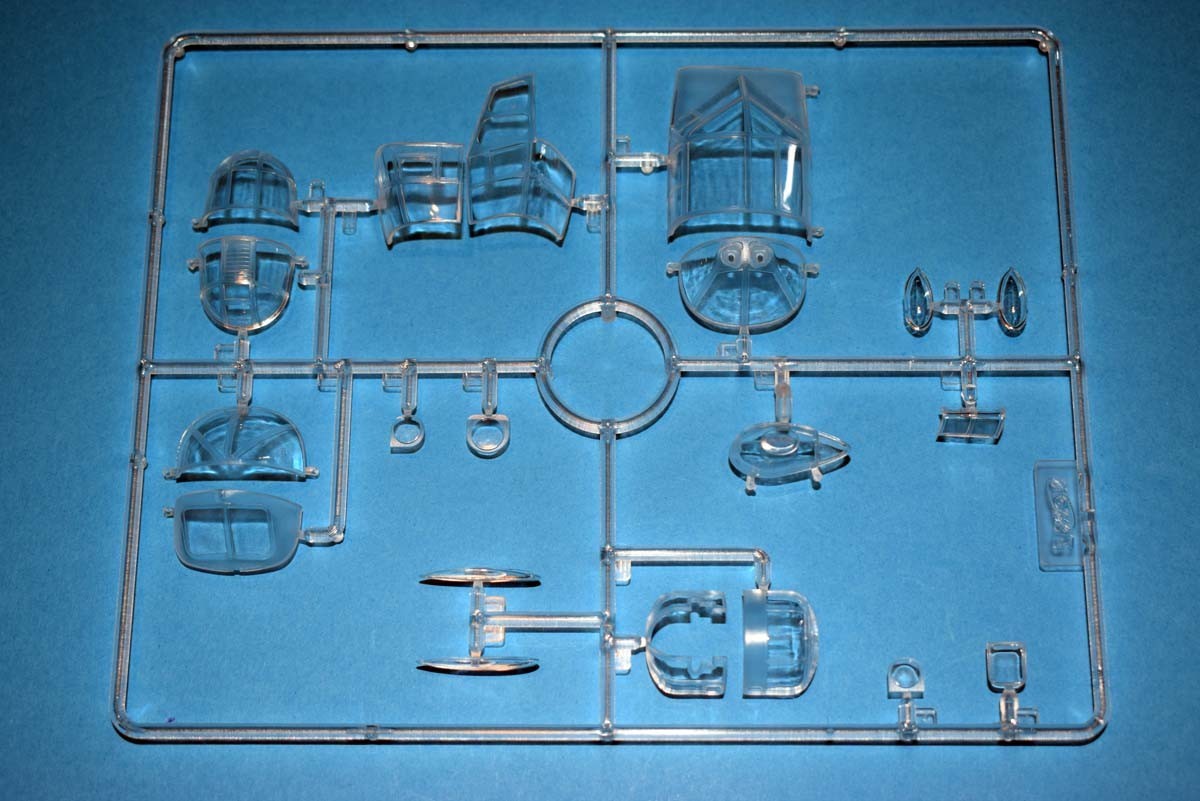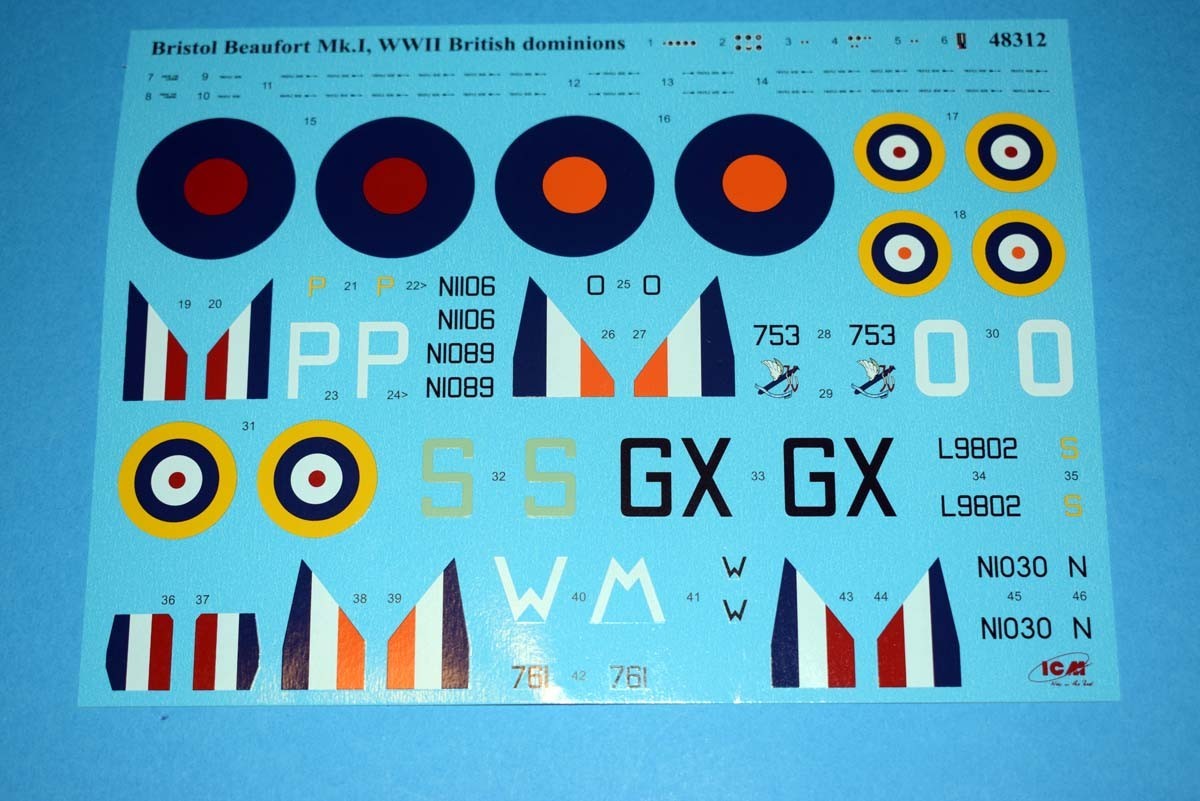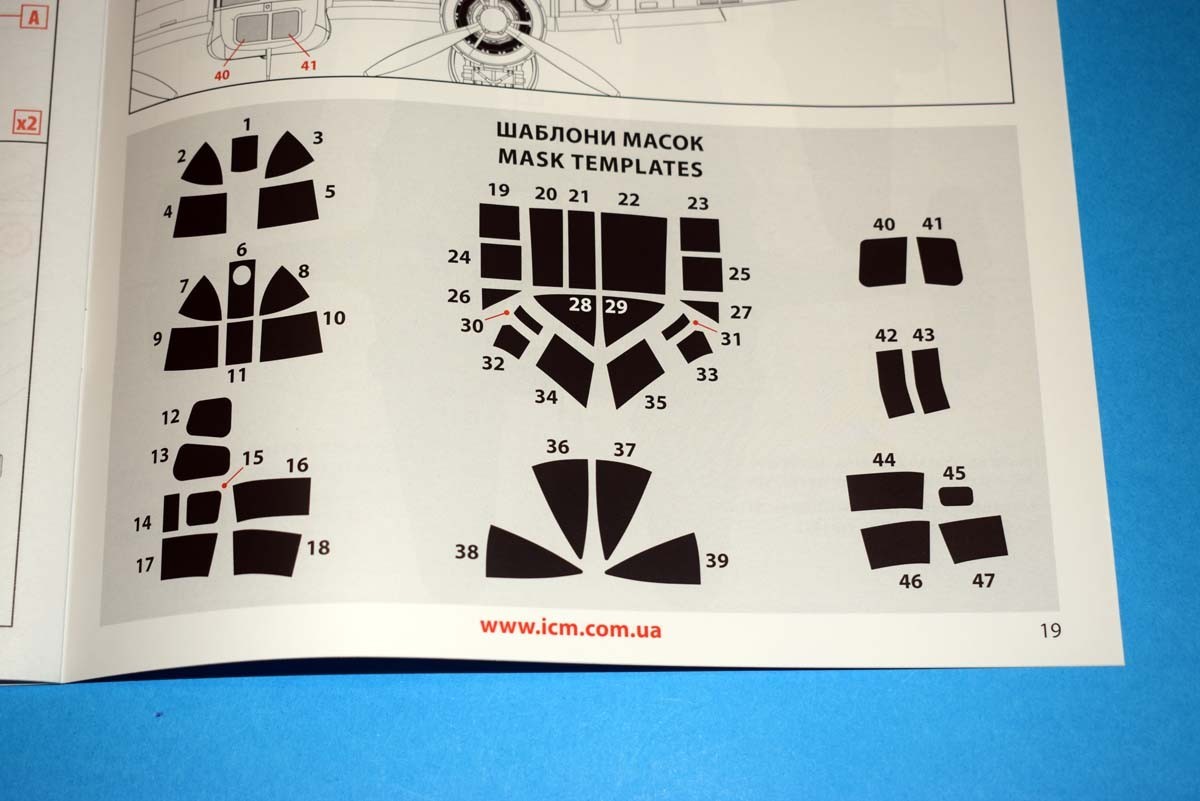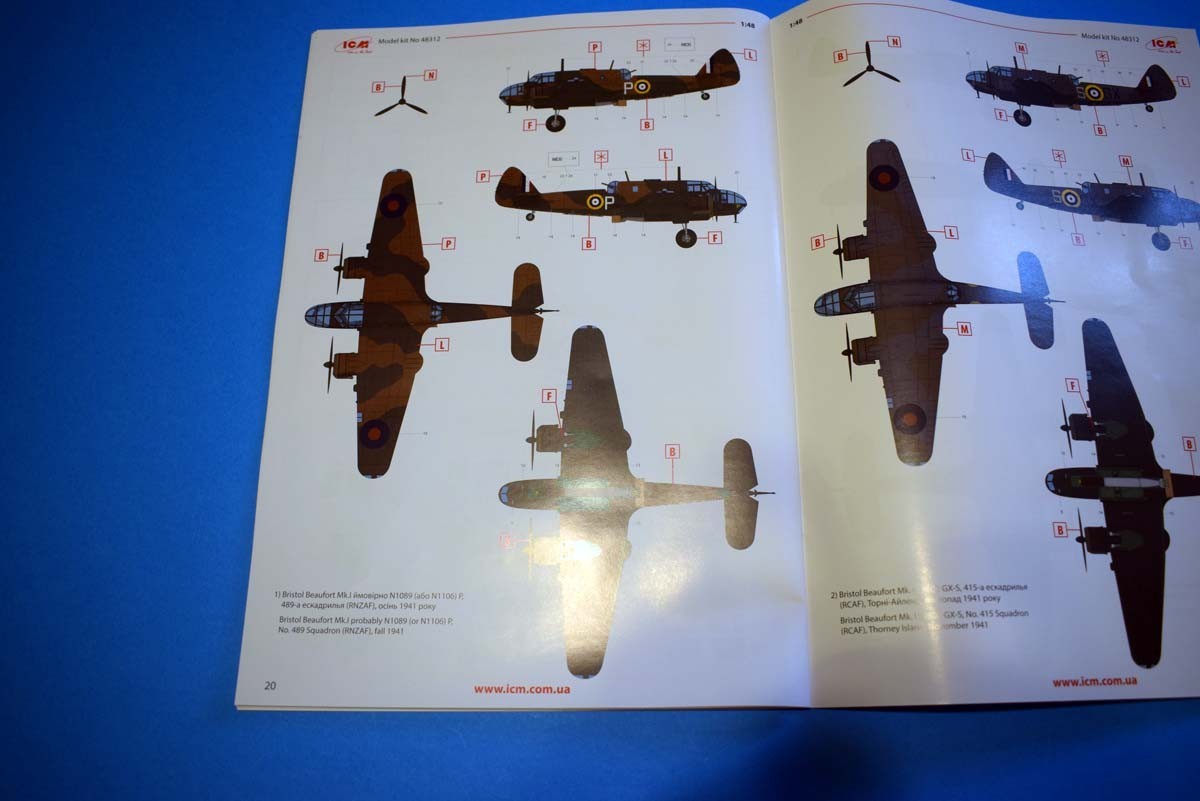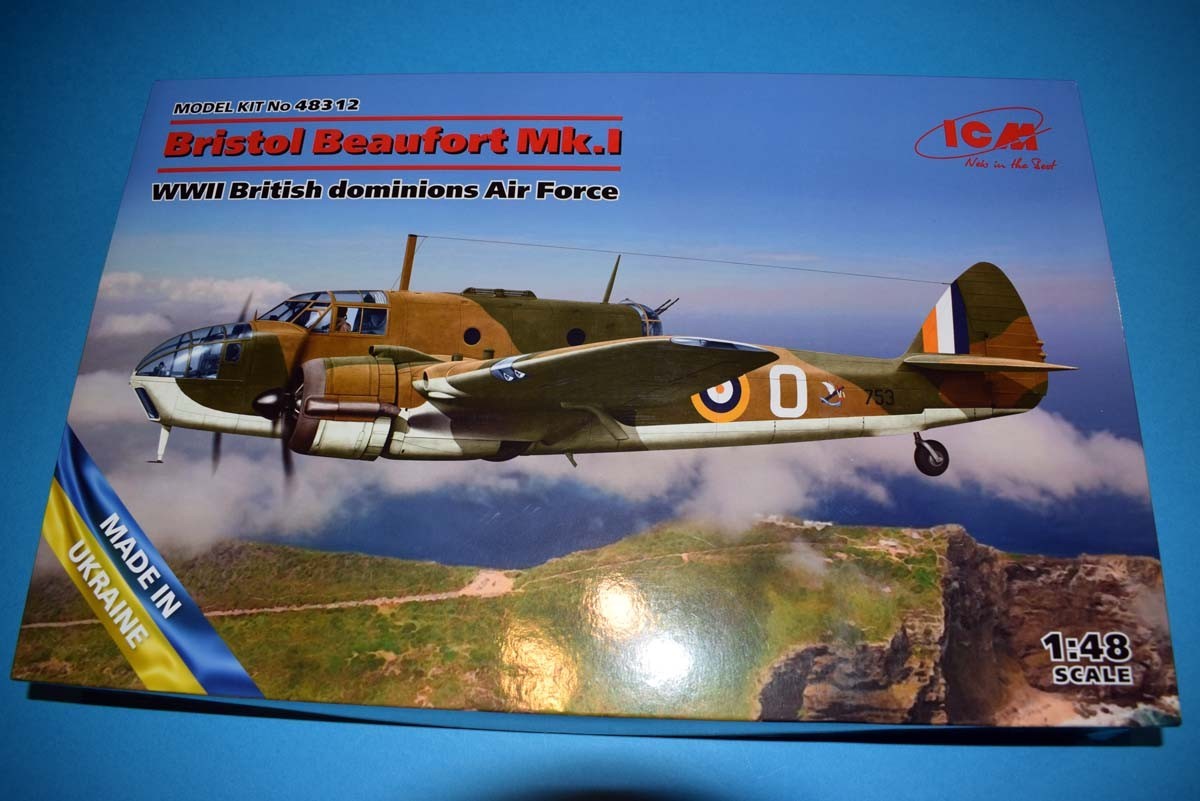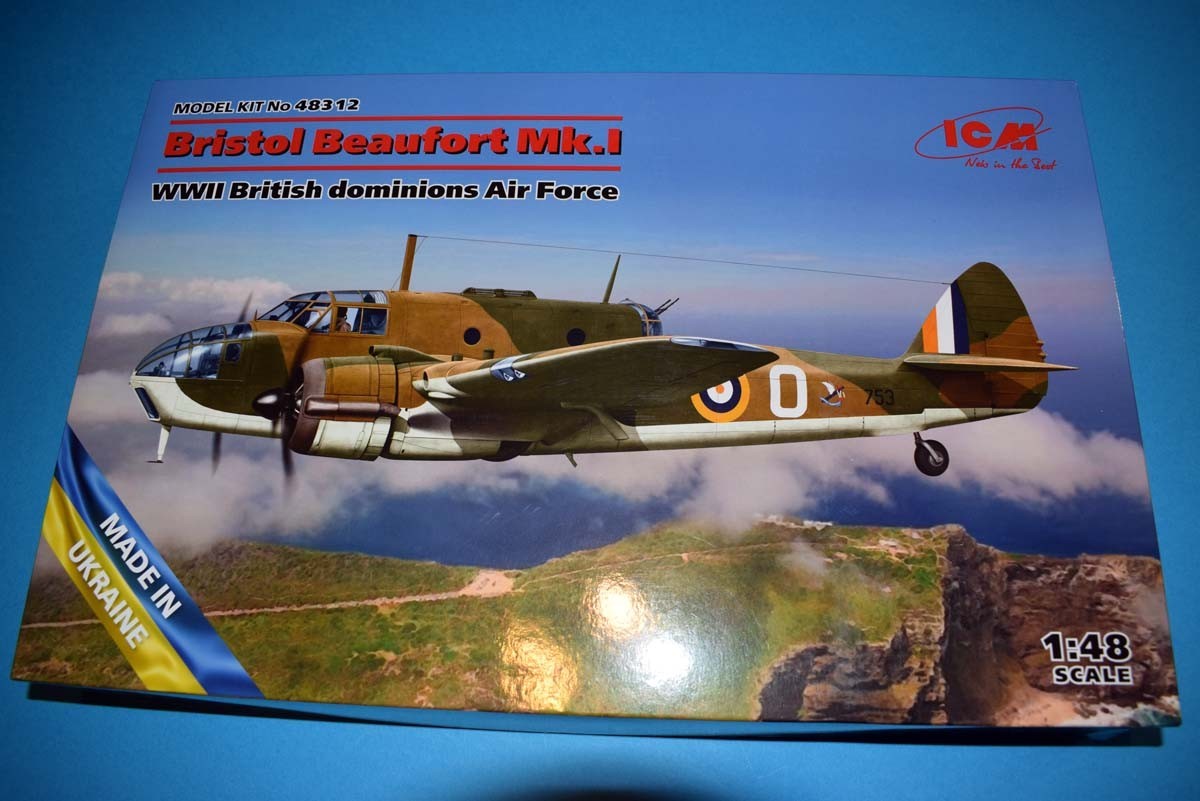
Introduction
The following introduction is taken from the ICM website:
The Bristol Beaufort torpedo-bomber, which was widely used in the RAF Coastal Command, was also a part of the air units of the British Dominion countries. Thus, in August 1941, the 489th squadron was formed from pilots of the Royal New Zealand Air Force (RNZAF). They received several Bristol Beaufort Mk.I, which operated until the winter of 1942. In late 1941, 18 Beaufort Mk.I aircraft were received by the South African Air Force (SAAF) to protect the vital shipping lanes around the Cape of Good Hope. In the winter of 1942, two divisions were created in the SAAF – the 36th and 37th Coastal Flight, which included these aircraft. At first, they performed patrol functions and later were involved in combat operations against the French forces of the Vichy regime in the region of Madagascar. The Canadian Air Force (RCAF) also operated the Beaufort Beaufort Mk.I – these were the 415th and 149th squadrons. Canadian Beauforts were used until 1943, engaging in patrol flights and solving anti-submarine defence tasks.
Review
This offering from ICM arrives in a sturdy flip top cardboard box with a separate card lid showing the artwork. The contents are all in a single re-sealable plastic bag, the clear parts are within their own bag but packaged inside with everything else. I believe that this is the second or third release of the Beaufort Mk 1, and so I will keep this review as short as possible.
Interior detail wise, a good degree of the internal frame ribbing is provided back to the rear gunners position. While this detail is good cabling will need to be added by the modeller to provide a more accurate representation of the detail. I am not sure if the frame detail is accurate as regards size. Where the wing roots come into the fuselage fillets are provided to hide the void, and these may need filler adding around them. Cock pit detail is reasonable for a model of this scale, but could be taken far further if desired - However, all modellers, will need to consider harness detail for the crews seats as none is provided with the kit. ICM has provided decals for the instrument cluster. The clear elements that give this aircraft quite a distinctive nose have been well moulded and are of a reasonable thickness. The defensive machine guns do require a little bit of work around the muzzle at the very least, I am not aware if anybody does an after market set for this aircraft.
The fuselage of the model has nicely recessed panel lines, which are not excessive in scale and in fact may flood if care is not taken during the painting stage. The wings are assembled off of the model and have separate flight control surfaces. A nice touch here, is that 2 wing spars extend through the fuselage providing the wings with a substantial mating surfaces that are also robust and prevent wing dip. The flight control surfaces have also been extended to the tail, and so the modeller has some options for display.
The engine nacelles have good detail inside and out, with an end cap provided to mark the rear of the engine and improve the view of the undercarriage recesses. The undercarriage itself has a very pleasing level of detail, but does require the addition of braking cables. The radial engines have been provided for both sides of the model, and offer a reasonable level of detail with the cowlings on. If you are going to do a model with the engines exposed, a lot of work will need to be done in this area. The offensive weapons of this aircraft are limited to a torpedo which does add a visual interest to the model. The torpedo itself has been released as a stand alone kit previously, and so detail is good. You are also provided with the torpedo carriage should you wish to show the weapon being loaded or transported.
When it comes to finishing options for the model, I am pleased to see that ICM has provided mask templates and a comprehensive guide for their application. Five finishing options are provided for this release:
Bristol Beaufort Mk 1 probably N1089 (or N1106) P, No 489 Squadron (RNZAF), Fall 1941
Bristol Beaufort Mk 1 L9802 GX-5, No415 Squadron,(RCAF), Thorney Island, November 1941
Bristol Beaufort Mk 1 753 O, 36 Coastal Flight (SAAF), Wingfield, Cape Town, Spring 1942
Bristol Beaufort Mk 1 761 W, 37 Coastal Flight (SAAF), Spring 1942
Bristol Beaufort Mk 1 N1030, 149 Squadron (RCAF), British Columbia, June 1943
Conclusion
This release from ICM is nicely detailed throughout for a from the box build, but even in that case you will need to add seat harnesses. For someone wishing to add a lot of extra details this kit will enable that, as it gives you the major markers to help with positioning and location of various bits and bobs. It is nice to see kits offered of a rarely covered subject that showcases their use by countries that used to be part of the British Empire.
